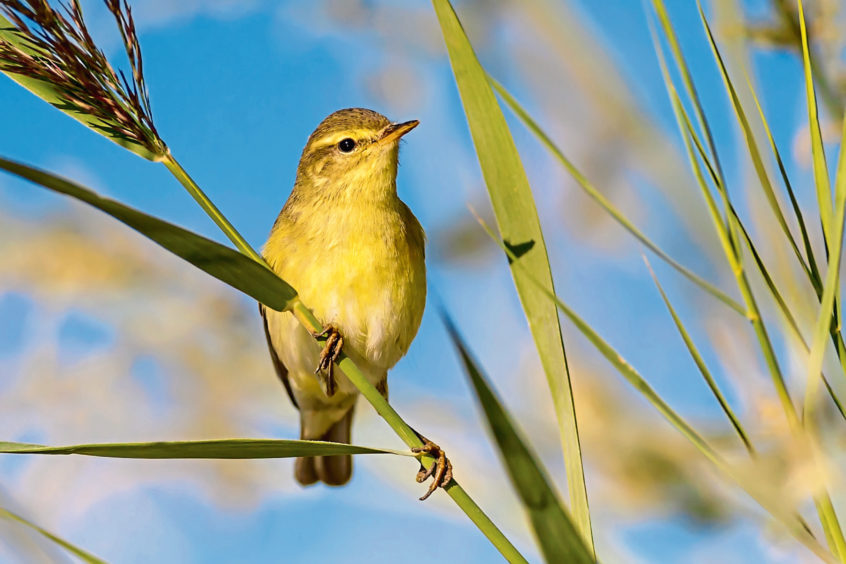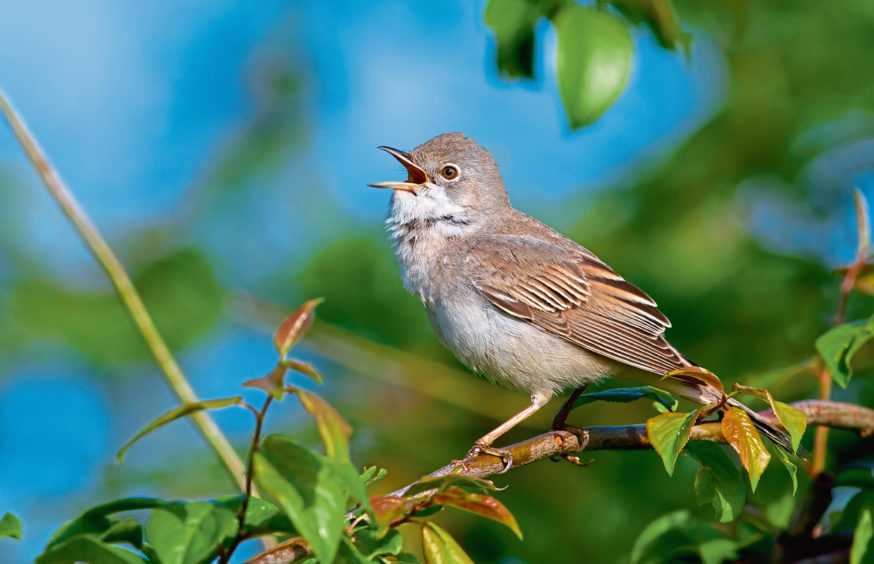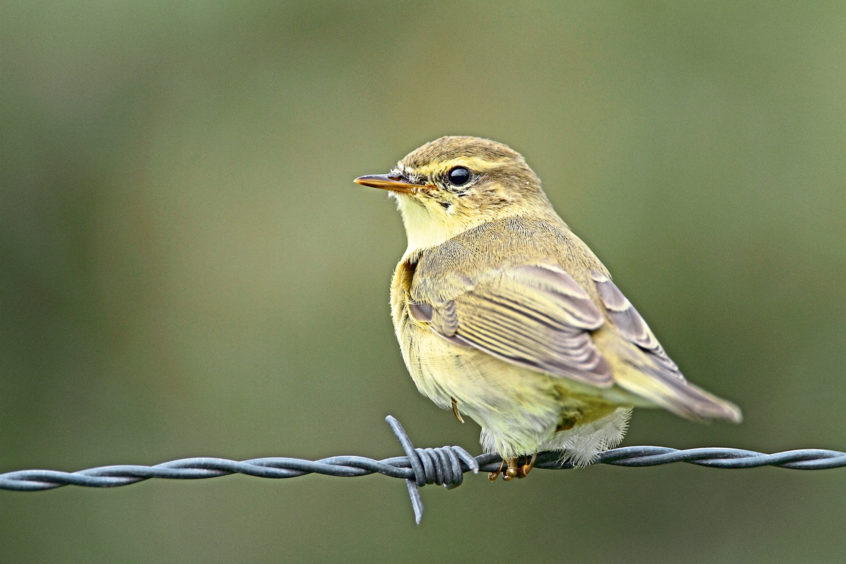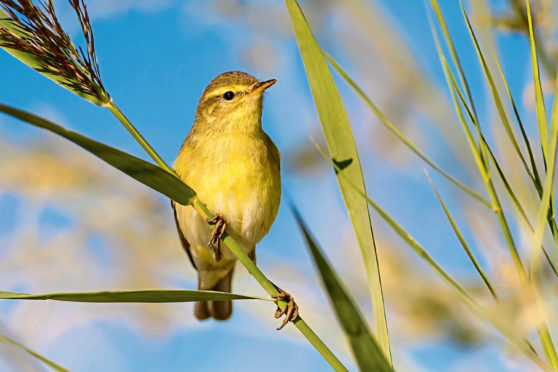It is like a disappearing trick; a sleight of hand so subtle that at first you do not even realise it has happened.
It is the warblers I am referring to, such familiar friends over the last few months, but now they have mostly gone, having silently slipped away as they embark upon their travels to their African wintering grounds.

The hedgerows and bramble thickets that only so recently rang to the sweet cascading songs of willow warblers and the scratchy utterances of whitethroats and sedge warblers are now hauntingly quiet. Autumn is approaching and these little avian gems will not return until next spring. It is the natural way of things, but it tinges my heart with sadness, for I will miss them and the joy they bring.
At this time of year, I often reflect upon the breeding season just past. As ever, there are winners and losers. Most warblers, such as chiffchaffs and whitethroats have been productive on my local patch. For some other birds, the story is depressing – house martins and swifts, for example, have had a disastrous year with very few about in my village.
Bad weather over parts of continental Europe in spring did impede their arrival, and their scarcity this year may well just be part and parcel of such an annual natural anomaly. But my inner feeling is there is more to it than just that, for I have seen a steady decline in house martins and swifts with each passing year.

Perhaps there are fewer aerial insects for them to feed upon during the breeding season, or is there some environmental flux on their African wintering grounds that is affecting survival? Or could other factors be at work, such as modern buildings offering fewer nesting sites?
I do not know the answer to that, but whatever the case, my gut feeling is the root underlying cause is down to human activity fuelling climate change and habitat loss. Much of nature is resilient, but not every creature or plant can endure environmental palpitation, no matter how subtle.
Only recently, when snorkelling in the Firth of Forth off the East Neuk coast, I spotted a sea bass flash past me – the first time I had ever seen one in these waters. Sea bass prefer milder seas and have been moving northwards over the last few decades as a result of global warming.

As they move north, then so do other types of fish traditionally found around Scottish coasts such as cod, which prefer colder seas. Goodness knows what this will mean in the future for commercial fisheries and our food security if fish such as cod disappear from around our shores.
Humankind is totally dependent upon nature and the environment, and through unsustainable global economic growth, we have created a ticking time-bomb that has the potential to destroy the very beating heart that supports us all.
INFO
Several different species of warbler breed in Scotland during the spring and summer. In recent years, reed warblers have begun to colonise Scotland from the south – possibly another indication of climate change.










